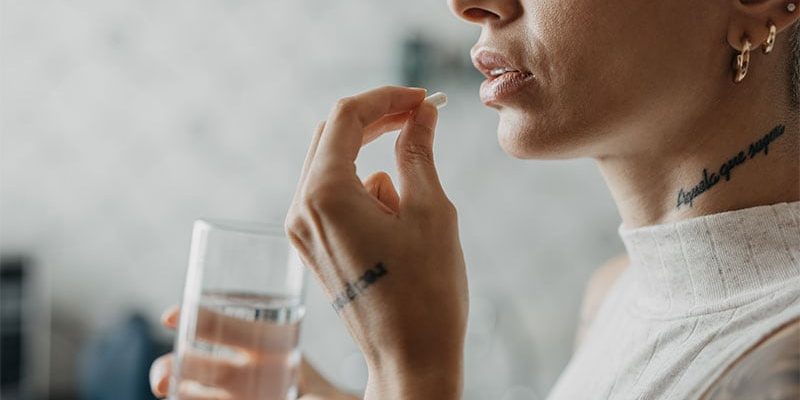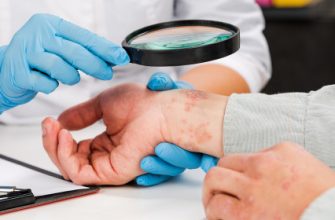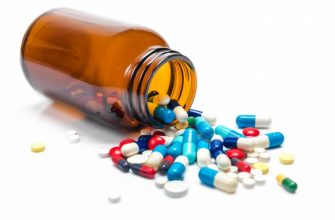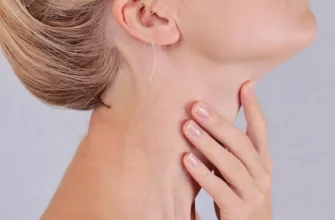The sleep aid melatonin is associated with a reduced risk of self-harm in adolescents with psychiatric disorders, new research suggests. However, at least one expert has some concerns about the strength of the evidence.
The results suggest improving sleep hygiene in this population may reduce self-injury, study investigator Sarah E. Bergen, PhD, associate professor, Department of Medical Epidemiology and Biostatistics, Karolinska Institute, Stockholm, Sweden, told Medscape Medical News.
In addition, she noted, for “pediatric patients who are experiencing sleep problems, melatonin is a safe and effective way to help them.”
Bergen believes clinicians should recommend melatonin to all teens because “there’s little harm that could come from it and possibly a lot of benefit.”
The findings were published online in the Journal of Child Psychology and Psychiatry.
Few Treatments Available
Research shows sleep disorders like insomnia are common in youth, particularly among those with psychiatric disorders. Sleep disorders can significantly affect daytime functioning, cognition, emotional regulation, and behavior, and can be a risk factor for unintentional injuries such as falls and vehicular accidents, as well as for intentional self-harm.
The lifetime prevalence of self-harm in youth is estimated to be 17%, but this varies across study designs. There are few treatments for self-harm in youth, although psychosocial treatments appear promising.
Melatonin is a naturally occurring hormone secreted primarily by the pineal gland in response to darkness. It helps promote and maintain the normal sleep-wake cycle and is involved in other biological functions.
In Sweden, melatonin is the most commonly prescribed drug for sleep disturbances in children and adolescents. Prior to 2020, during the course of the study, it was only available by prescription.
The study, which used linked national databases, included 25,575 children and adolescents, 58.2% of them male, who initiated a melatonin treatment between the ages of 6 and 18 years.
Researchers estimated the risks of self-harm, including poisoning (57%) and cutting (34%). The fact that poisoning was more common than cutting was somewhat surprising, said Bergen. “I would have thought the opposite would be true; that cutting was more prevalent.”
The study examined the risk of self-harm in individual participants by comparing the last unmedicated month with the 12 months after initiating melatonin treatment. In this way, they accounted for potential confounders such as genetics, sleep disorder severity, and psychiatric disorders.
The median age at first melatonin prescription was 13 years for males and 15 years for females.
While there were no statistically significant changes in relative risk for body injuries, falls, and transport accidents, the relative risk for self-injury was statistically significantly lower during the months following melatonin-treatment initiation.
The incidence rate ratio (IRR) in the month following treatment was 0.58 (95% CI, 0.46-0.73) for self-harm and 0.59 (95% CI, 0.45-0.78) for poisoning.
Higher Risks in Females
The relative risk of self-harm was higher in females than males. This, said Bergen, is possibly because self-harm is more common in adolescence than in childhood. Female study participants were older than their male counterparts.
However, melatonin may help male teens, too, she said. “It’s just that the problem is not that great in males to begin with, so a decrease is not very dramatic after melatonin initiation.”
About 87.2% of participants treated with melatonin were diagnosed with at least one psychiatric disorder. Attention-deficit hyperactivity disorder (ADHD), the most common comorbidity, was diagnosed in more than 50% of new melatonin users. This isn’t surprising, because sleep disturbances are associated with this psychiatric condition and are frequent side effects of ADHD medications.
After ADHD, anxiety and depression were the next most common psychiatric disorders among study subjects. The analysis found risks for self-harm and poisoning were largely driven by patients suffering from one or both of these disorders, particularly among females.
The IRR in the month following melatonin-treatment initiation was 0.46 (95% CI, 0.27-0.76] among adolescent females with psychiatric disorders, after excluding antidepressant users.
Melatonin may reduce the risk of self-harm by treating sleep problems related to psychiatric comorbidities, especially anxiety and depression. It could also decrease pain sensitivity experienced by adolescents who self-harm.
Other factors could play a role in treating sleep problems and/or preventing self-harm in these patients. For example, increased clinician awareness and monitoring, behavioral interventions, a placebo effect, and concurrent use of other medications.
When researchers ran an analysis that excluded individuals taking an antidepressant, “surprisingly, there wasn’t much difference,” said Bergen. “We thought antidepressants might be causing some of the effect we observed, but when we removed antidepressant users, we saw a very similar pattern of intentional self-harm rates following melatonin use, which suggests melatonin is causal, but we can’t prove that.”
Other sleep medications such as sedatives could also affect self-harm rates by improving sleep. However, these are not typically prescribed to children because of their side effects and overdose potential, said Bergen.
“Melatonin is extremely safe and side effects are rare; it’s impossible to overdose, and people really can’t hurt themselves with it.”
More Research Needed
Commenting for Medscape Medical News, Adrian Jacques Ambrose, MD, medical director, Columbia University Irving Medical Center, and assistant professor of Psychiatry, Columbia University, New York City, pointed out some evidence in the study is relatively weak.
“When the authors separated out the on- and off-melatonin groups, it looks like there wasn’t a statistically significant difference [in IRRs] between the two groups — for example, in any injury, self-harm, or poisoning — and this weakens their argument that melatonin is associated with self-harm and poisoning.”
Given the current youth mental health crisis, more research “would absolutely be indicated” to better explore possible additional variables, said Ambrose.
“For example, some additional follow-up studies may add on covariates in conjunction with melatonin usage, such as the number of medical appointments, the presence of psychotherapeutic interventions, dosage of melatonin, or even the sleepiness scale, to evaluate whether the symptoms of sleep disturbances are more directly correlated with the self-harm behaviors.”
The study was supported by the European Union’s Horizon 2020 Research and Innovation Programme. Bergen and Ambrose report no relevant financial relationships.
J Child Psychol Psychiatry. Published online March 23, 2023. Full Text.
For more Medscape Psychiatry news, join us on Twitter and Facebook.








